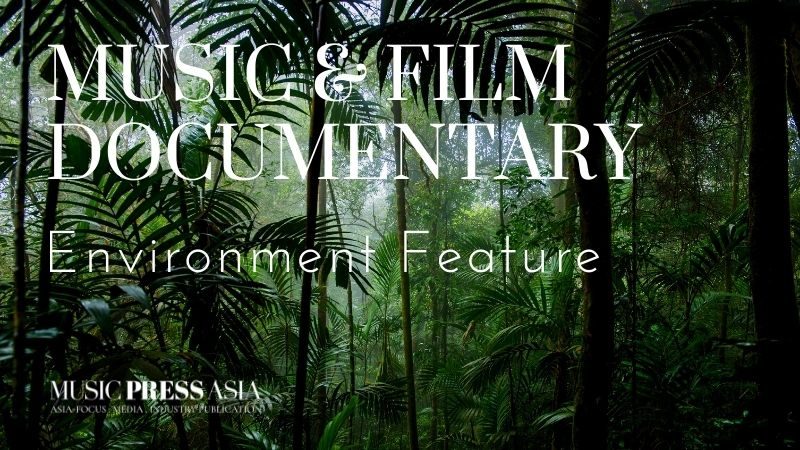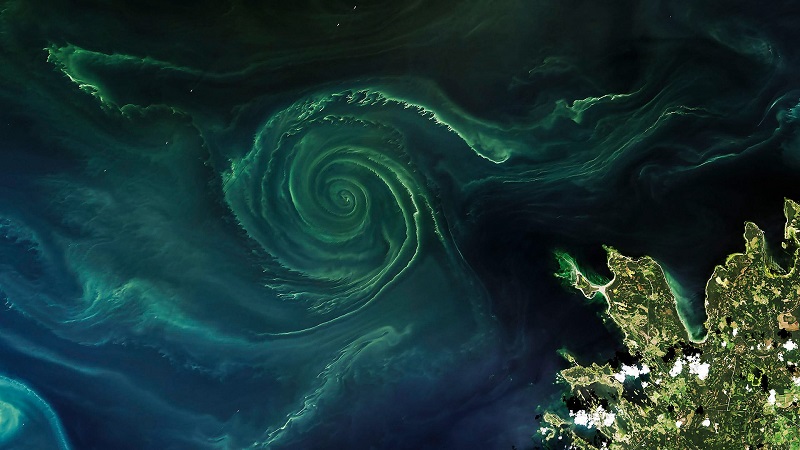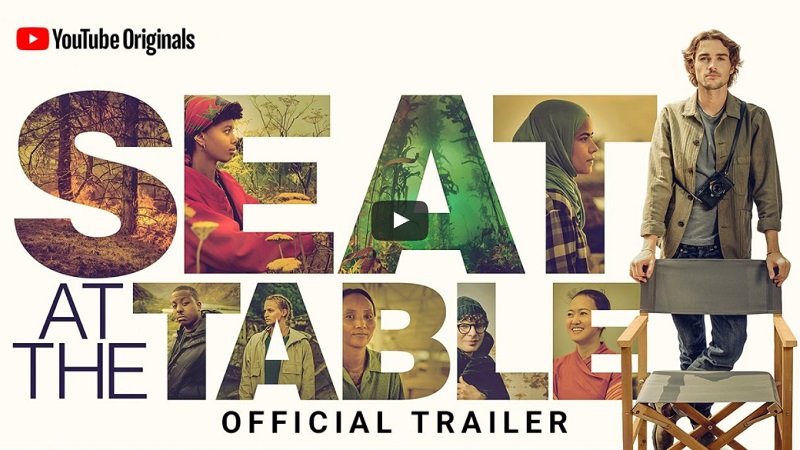Forest, The Lungs Of The Earth
Environment Feature of the Month: Forests are essential for life on Earth. Three hundred million people worldwide live in forests and 1.6 billion depend directly on them for their livelihoods.
Environment Feature of the Month: Forests are essential for life on Earth. Three hundred million people worldwide live in forests and 1.6 billion depend directly on them for their livelihoods.

Music Press Asia’s Environment feature this month is a dedicated list of documentaries and songs dedicated to the forests on our planet. These creative documentaries and songs dwell on the topic of epic migrations and shifting seasons that produce vivid images on the camera, and express a poetic and poignant interpretation of our unique and fragile home.
1. Earth From Space (TV Miniseries) by BBC Natural History

Produced by BBC, this four-episode miniseries directed by Barny Revill, is an exceptional nonetheless spatial statement of a documentary to watch. Using music and sound composed and designed by Neil Davidge and David Poore, the episodes – using cutting-edge technology – tell the story of life on Earth from a brand new perspective.
Satellites follow an elephant family struggling through drought, reveal previously unknown emperor penguin colonies from the colour of their poo, and discover mysterious ice rings that could put seal pups in danger. Using cameras on the ground, in the air and in space, Earth from Space follows nature’s greatest spectacles, weather events and dramatic seasonal changes.
“We have the ultimate long-shot in this,” says producer Chloë Sarosh – though it also boasts the ultimate closeups. Using images on three levels – satellites, drones and cameras on the ground – sequences can track an animal from a God’s eye image to what its mother would see when they rub noses.
The pictures taken by satellite make sea, ice, rivers and sand look magnificent, but not everything is beautiful. Ominous brown patches on the ice pack look like bathroom damp. In fact, they are the faecal waste of Emperor penguins.
More unusually for a natural history programme, Earth from Space also includes stories of people. Red patterns seen from space are swoopingly clarified to be Chinese students in a mass demonstration of kung fu. One of the aims of Earth from Space is explicitly to be a health check of the planet.
#South America #Amazon #Madagascar
2. Forest Sounds, Woodlands, Bird Songs by The Guild of Ambience

Appreciation of Nature: If there is anything that could diffuse a high-strung and hectic day and halt aggravating work-related issues, it would be the forest. The sound of the forest has proved beneficial to the human body. Naturalising a nullifying surrounding of a busy day, the sound of the forest are just some of life’s most amazing treatment and healing sonic experiences.
A group of researchers from Michigan State University, Carleton University, and Colorado State University partnered with the National Park Service to analyze 18 studies on how natural sounds can impact human health. Their results, published in Proceedings of the National Academy of Sciences, show that listening to existing noises in nature has incredibly positive effects, including a decrease in stress and pain, an improvement in cognitive performance, enhancement in mood, and much more.
The benefits of nature sounds to physical and mental health are well-recorded. Studies have linked experiences in nature to have a positive impact on well-being with a measurable decrease in mental stress, an improvement in cognitive performance, and high levels of creativity, as well as improved sleep.
#forestmusic #relaxing
3. Lan E Tuyang /Sape Dayak Borneo by Alena Murang

Lan E Tuyang is a song taken from Alena Murang’s first album ‘Flight’. Accompanying the relaxing sound of rain is Murang’s performance on the safe, an instrument of the Dayak people of Sarawak and Kalimantan Borneo. The video is recorded from Gunung Santubong rainforest in Kuching, Sarawak, Borneo.
As in many tropical areas around the world, Borneo’s rainforests are being cut and degraded for timber, palm oil, pulp, rubber and minerals. The increase in these activities is being matched by a growth in illegal wildlife trade, as cleared forests provide easy access to more remote areas.
Logging, land-clearing and conversion activities are considered to be the greatest threats to the Heart of Borneo. Of particular concern is the conversion of natural forests to oil palm and timber plantations.
The arrival of two alien intruders in the 1950s – the chainsaw and the caterpillar tractor – have perhaps made more impact than any other introduced species. Since then, the opening up of new roads has been a key factor in changing Borneo. Roads not only provide access to commercially valuable trees, they also allow immigrant settlers, hunters, and land speculators to access new areas of opportunities.
#borneomusic #traditionalinstrument #sape
4. Seat At The Table by YouTube Originals

Join Jack Harries as he journeys to the 2021 UN Climate Change Conference in Glasgow. Along the way, he’ll be speaking with those who don’t have a seat at the political table – those who’ve done the least to cause this climate issue but who are feeling the effects the hardest – and taking their stories to the world leaders at COP26. Guest-starring Sir David Attenborough, Jamal Edwards, Poppy Okotcha, Simon Amstell and more.
#climatechange #COP26
5. Our Planet: Forests by Netflix

Our Planet is a British nature documentary series made for Netflix. The series is narrated by David Attenborough and produced by Silverback Films, led by Alastair Fothergill and Keith Scholey, who also created BBC documentary series Planet Earth, Frozen Planet and The Blue Planet, in collaboration with the conservation charity World Wildlife Fund (WWF).
It was four years in the making and was filmed in 50 countries, and over 600 crew members took part in the production. The series focuses on the breadth of the diversity of habitats around the world, including the Arctic wilderness, the deep sea, the vast landscapes of Africa and the diverse jungles of South America.
The viewer is also taken to the Amazon Rainforest, which is slowly turning into a savanna due to forest loss, degradation and climate change. Then the viewer is pulled across the world to Australia, where the Great Barrier Reef experienced one of its most severe coral bleaching events shortly after catastrophic fires ripped through 11 million hectares (27.2 million acres) of land, killing about a billion native animals.
These environmental issues are explained within the context of planetary boundaries, a concept developed by Rockström, the founding director of Sweden’s Stockholm Resilience Centre, and other leading scientists, including Will Steffen of Australian National University. Planetary boundaries are key processes essential for sustaining life on Earth. Each one has a limit as to how much pressure it can take from humanity before it is pushed over a “tipping point” — and into a state in which changes can no longer be reversed.










